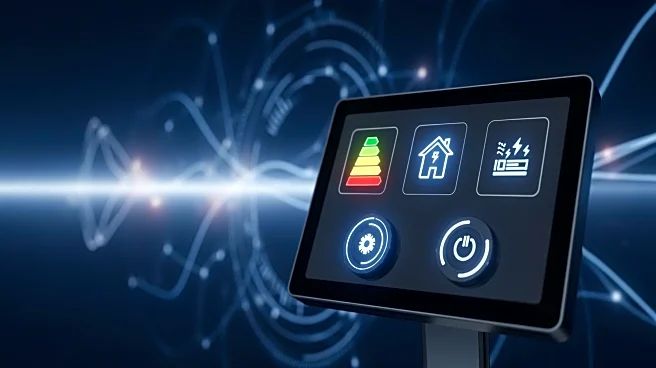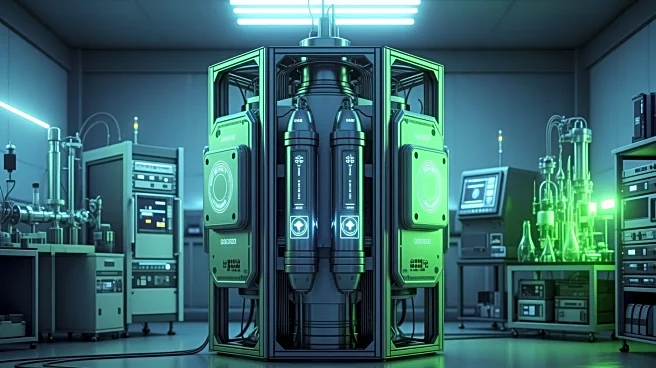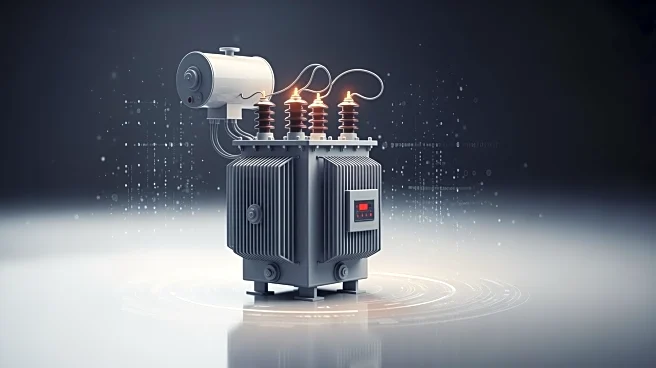What's Happening?
A recent analysis by ICF projects significant growth in U.S. electricity demand, with a 25% increase by 2030 and 78% by 2050. This growth is driven by the rise of AI data centers and other technological
advancements. The report also predicts substantial increases in residential electric rates, posing challenges for consumers. To address these issues, utilities are focusing on customer-centric strategies, such as distributed energy resources and demand response programs, to enhance grid stability and resource adequacy.
Why It's Important?
The projected growth in electricity demand highlights the need for utilities to adapt their strategies to ensure reliable and affordable energy supply. By prioritizing customer relationships and distributed energy resources, utilities can better manage demand and support grid stability. This approach is crucial for meeting future energy needs and maintaining consumer trust, especially as electric rates rise.
What's Next?
Utilities are likely to continue expanding their customer-centric strategies, focusing on integrating distributed energy resources and demand response programs. As technology advances, utilities may leverage AI and machine learning to improve grid management and customer experience. These efforts will be essential for navigating the energy transition and meeting growing demand.
Beyond the Headlines
The focus on customer-centric energy strategies reflects a broader shift towards sustainable and resilient energy systems. It underscores the importance of consumer engagement in shaping the future of energy and highlights the role of technology in driving innovation and efficiency in the power sector.











